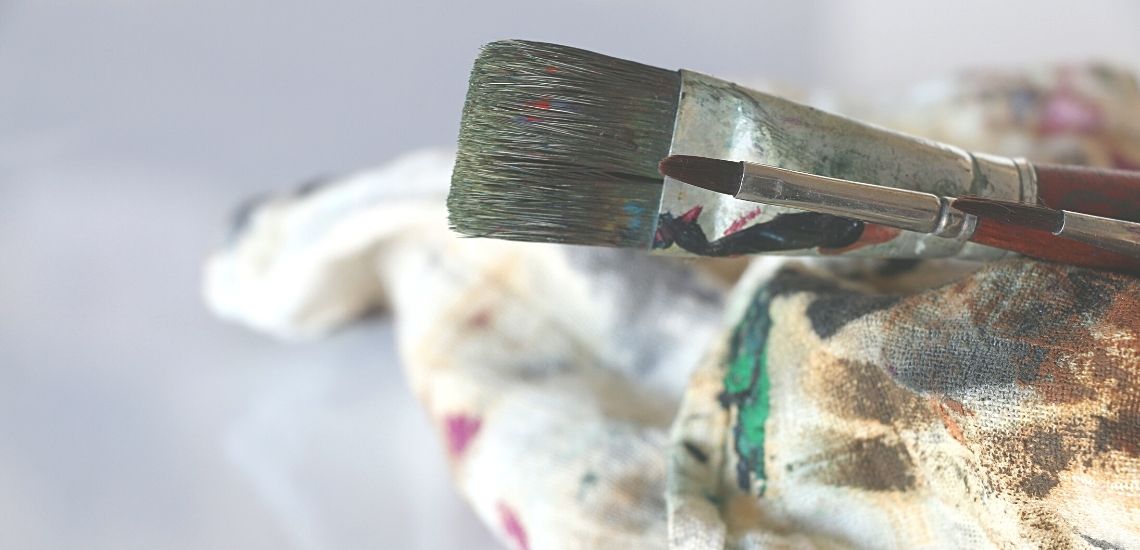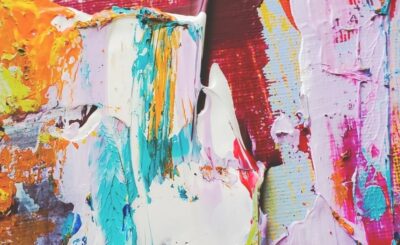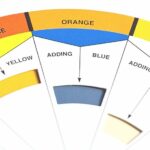Painting is an art form that can be complicated or simple, depending on the artist. Acrylic painting in particular offers beginners many advantages because it is easy to learn and delivers great results quickly! But if you’re just starting out, there are a few things to keep in mind before you put the brush on the canvas.


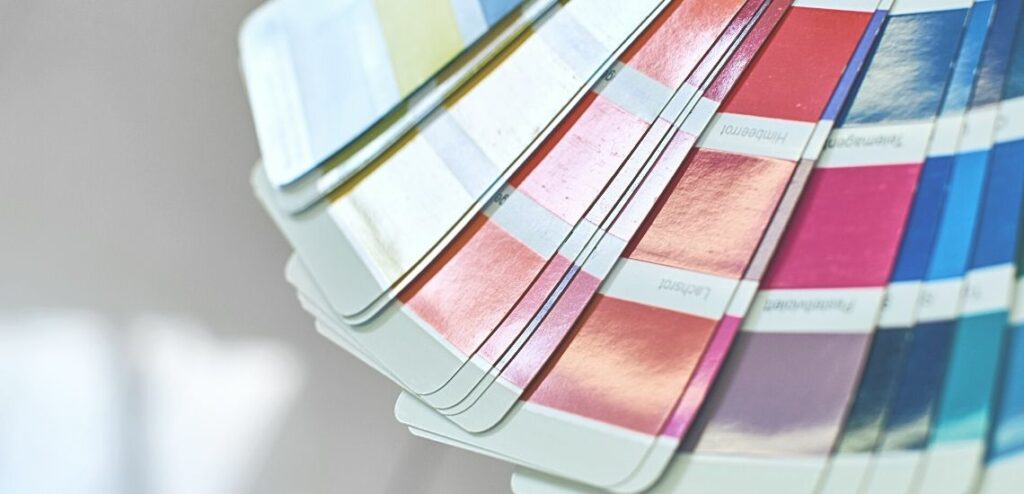
1. Less is more!
Acrylic paints are a great medium for beginners because they are easy to use and clean. You only need five tools:
- an artist brush,
- some acrylic paint (in red, yellow, green, blue, black, and white),
- and a paint pad.
Instead of buying individual colors, you can also choose a combined beginner set. As a beginner, it’s important to keep your costs reasonable. If you choose the most expensive materials in the best quality, it can distract you from really free to try something new. The fear of wasting expensive materials can discourage a hobby artist from developing their skills. However, it’s important to take the risk of experimenting with colors and images so that new ideas always emerge.
Conclusion: As a beginner, it’s best to keep your costs within limits. If you choose the most expensive materials and therefore don’t try new ones, then you’re right on the wrong track. Therefore, overcome your fear and equip yourself with a beginner set.
Art and experimenting with colors are the journey of free soul.
Artifalir
2. Don’t start with a specific motive
The first step to creating a beautiful work of art is not to think too much. The beginner should simply dip his brush in the paint and run it over the paper in a disorderly manner; simple shapes, zigzags or polka dots are enough!
For beginners, the key to good painting is relaxation. If the artist holds his brush correctly and lets it glide across the paper or canvas, he can find a flow with which both himself and all other viewers can enjoy what is created in front of them.
3. Try different methods and techniques
The various painting techniques of acrylic are well known to the passionate amateur painter. However, in order to achieve certain results, such as changing the surface structure or color mixing within a scene, the artist must first develop his own approach. Only then can he deal in detail with technical aspects such as the selection of tools and the application methods.
It is important to remember that painting is not always perfect. The artist should be self-confident, but not too proud, because usually things don’t turn out the way you want or expect! This is a good exercise to be open-minded; if something goes wrong with one technique, try another one
4. Don’t put yourself under pressure
In the beginning, many artists have high expectations for their work. They want it to be perfect in every way and put pressure on themselves. However, it takes years of practice to create something exactly the way you imagined it. The beauty of painting is that there are so many factors you can play with to create the look of your dreams. Don’t ruin it by setting false expectations about what something should look like.
5. Start with the right equipment
A beginner painter should always start with the right equipment. This includes three glasses, one for each stage of painting, preparation (wiping), applying (brushing), and then washing to remove excess paint from your brushes or spatula. The right equipment for a hobby painter is five brushes, three of which should be medium-sized and one small and one wide brush. It is important that you take turns painting with these different sized tools, which ensures a skilful result in the end! Use one brush for each color.
The beginner mistake of blending all colors with one brush can cause them to lose their luminosity and look greyish because they contain traces of other shades. To avoid this problem, use a separate brush for each color you use when painting, so you can hold it in your hand at the same time.
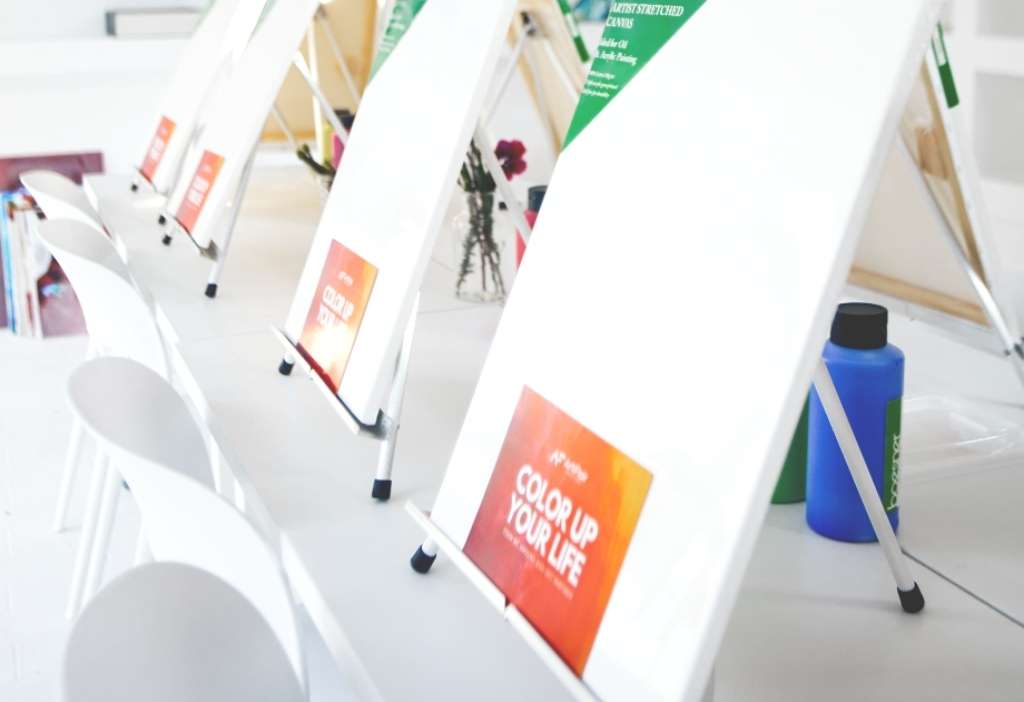
Don’t sit on a picture too longtary colors
The amateur artist should not spend too much time on a picture. It’s better to paint a few pictures and then move on to a different topic for an hour or two, because breaks can make all the difference! So you should work on a picture for a maximum of 20 to 30 minutes and then take a little distance from it. This can also help you decide when your painting is ready.
7. Look at your pictures
When a hobby artist has finished painting, he should take an honest look at his previous work. It is best if there is enough brightness for this. You can also easily arrange the images side by side and compare which pictures you like better.
You should think about why you like certain images so much, what’s good about them, and what you would do the same next time. You also need to analyze what goes wrong when you paint a picture that doesn’t meet your standards or expectations of yourself.
Every amateur artist will be surprised how different a picture looks to him when he looks at it again at a time interval.
Conclusion: Every beginning is difficult!
Painting is a very creative and satisfying activity. Acrylic paints in particular make it easy to get started with painting, but many people are afraid that they have no talent or skills to paint beautiful works on canvas with ease. These fears can keep beginners from even starting painting!
Even if it sounds difficult at first, it shouldn’t be an obstacle to getting started. Follow these helpful tips and you’ll work that practice transcends talent.

